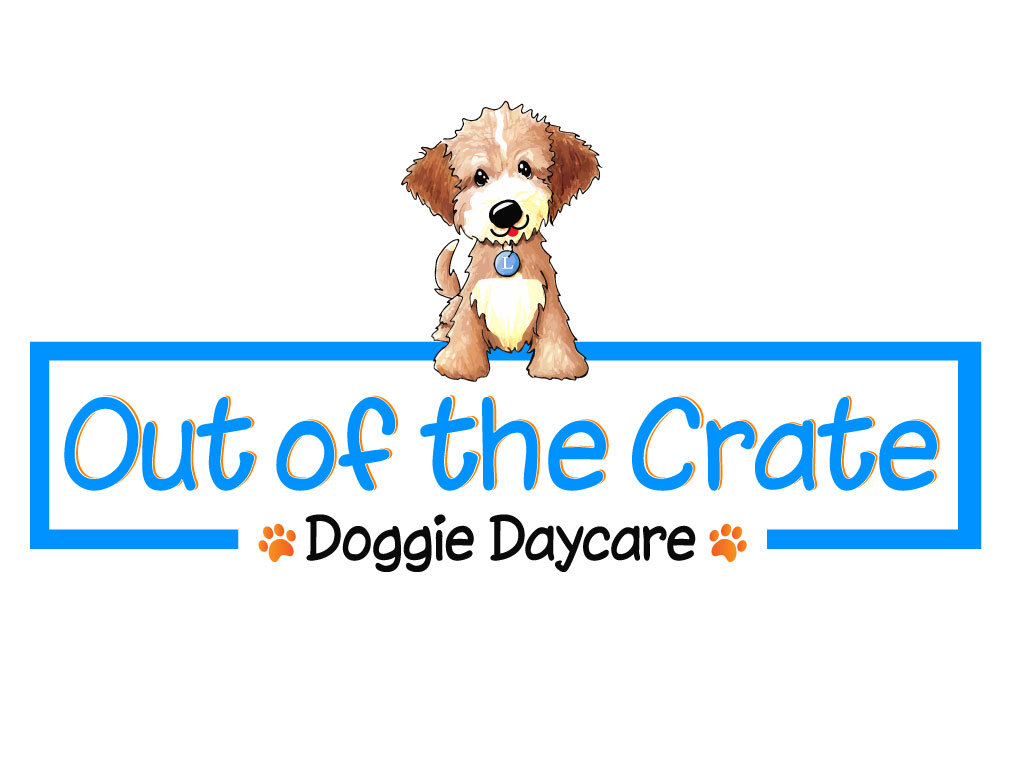Dog Transportation: Best Practices
Whether you are driving to drop your dog off at doggie daycare or to a much-needed grooming appointment, it is important to understand how to get where you need to go with your dog in the safest way possible.
According to a survey by the American Automobile Association, over 80% of dog owners drive with their pets in the car. There are 43.3 million households with pets, so that is an impressive number of people on the road with dogs in the car. Only 16% of people who transport their dogs use proper safety restraints.
First off, the dog should always be in either the backseat or the cargo area of an SUV. Proper restraints are important but unfortunately, not all restraints for dogs are created equal. Of course any restraint is better than no restraint at all. Why? Because if a dog is free to roam, that can lead to the driver getting distracted or the dog jumping out once the car door is opened. In the worst case scenario, if there is a car accident and the dog is not restrained, they can become projectile and get seriously injured.
When shopping for a car restraint for your pup, you want to buy one that a) attaches the dog to a certain area of the vehicle so they are not free to roam (this will prevent an escape) and b) is protective in the case of a car accident. One of the most common restraints for dogs in cars is simply a shortened leash that attaches to the seat belt buckle. Although this is better than nothing and will secure the dog in place, it will not provide much protection or safety in the case of a car accident.
When looking for the best option, you want a restraint that has been crash tested. The Center for Pet Safety crash tested and independently certified the following harness and crate option, giving them both 5 stars with CPS.
1) Sleepypid Clickit Sport Harness
For more products that have been crash test certified by the Center of Pet Safety, please click here.

